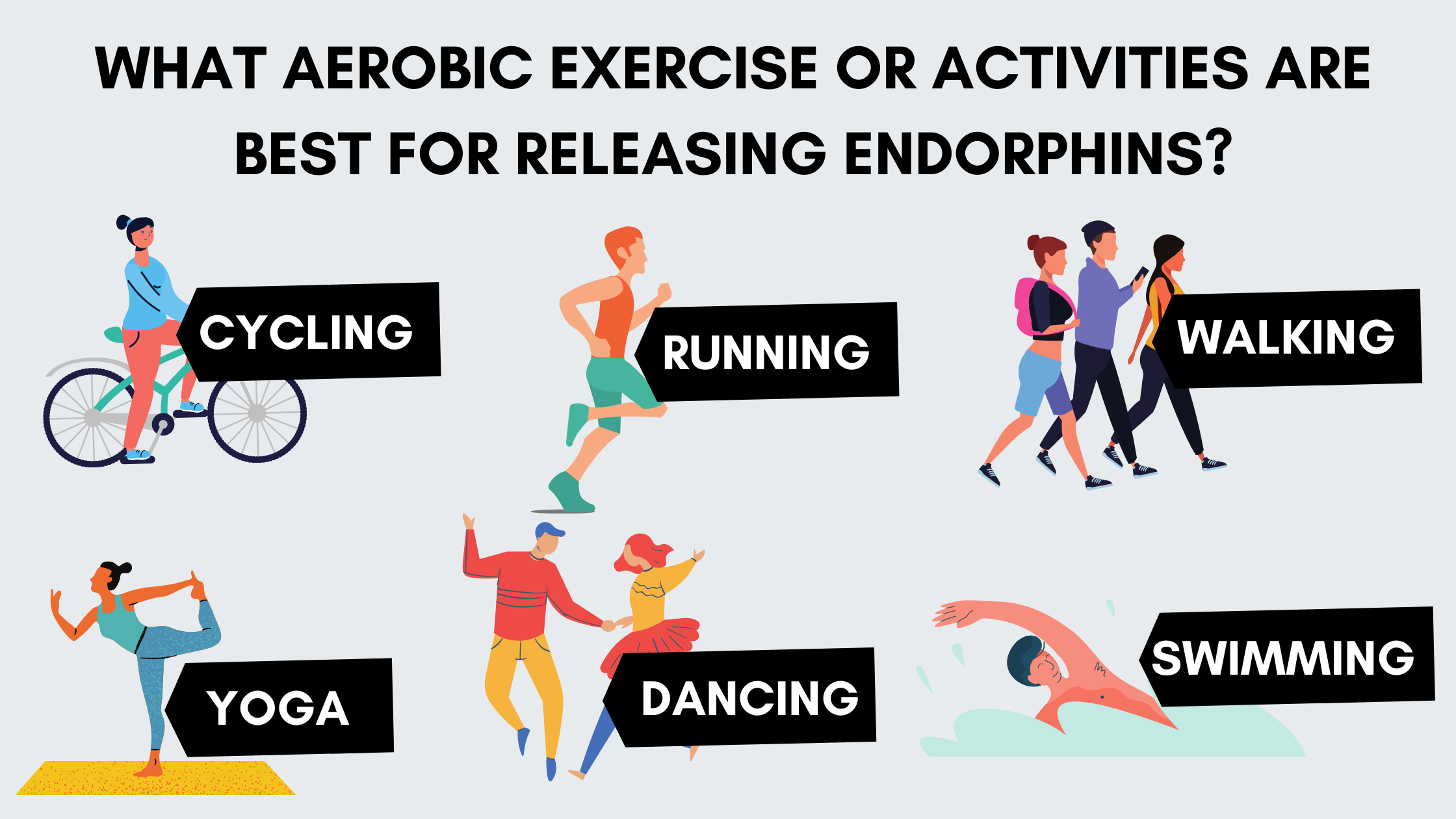Exercise Presentation
| Introduction to Exercise | ||
|---|---|---|
| Exercise is any physical activity that enhances or maintains physical fitness and overall health. Regular exercise has numerous benefits for the body and mind. It can help improve cardiovascular health, increase strength and flexibility, and reduce the risk of chronic diseases. | ||
| 1 | ||
| Types of Exercise | ||
|---|---|---|
| Aerobic exercise, such as running or swimming, increases heart rate and improves cardiovascular endurance. Strength training exercises, like weightlifting, build and tone muscles. Flexibility exercises, such as yoga or stretching, improve joint mobility and prevent injuries. | ||
| 2 | ||
| Benefits of Exercise | ||
|---|---|---|
| Regular exercise can help with weight management by burning calories and increasing metabolism. Exercise promotes better sleep, reduces stress, and improves mood by releasing endorphins. It enhances brain function, memory, and concentration by increasing blood flow to the brain. | ||
| 3 | ||
| Exercise and Heart Health | ||
|---|---|---|
| Regular exercise strengthens the heart muscle, improving its efficiency and reducing the risk of heart disease. It lowers blood pressure by promoting healthy blood vessel function. Exercise can increase levels of "good" cholesterol (HDL) and decrease levels of "bad" cholesterol (LDL). | ||
| 4 | ||
| Exercise and Weight Management | ||
|---|---|---|
| Exercise helps burn calories and build lean muscle mass, which increases metabolism. It can help maintain weight loss by preventing muscle loss and reducing fat accumulation. Combining regular exercise with a balanced diet is essential for effective weight management. | ||
| 5 | ||
| Exercise and Mental Health | ||
|---|---|---|
| Exercise releases endorphins, which boost mood and reduce symptoms of depression and anxiety. It enhances self-esteem and body image by improving physical fitness and appearance. Regular exercise can help manage stress by promoting relaxation and improving overall well-being. | ||
| 6 | ||
| Exercise and Bone Health | ||
|---|---|---|
| Weight-bearing exercises, such as walking or dancing, help build and maintain strong bones. Regular exercise reduces the risk of osteoporosis, a condition characterized by weak and brittle bones. It improves bone density and strength, especially when combined with adequate calcium and vitamin D intake. | ||
| 7 | ||
| Exercise and Longevity | ||
|---|---|---|
| Regular physical activity has been linked to a longer lifespan. It reduces the risk of chronic diseases, such as heart disease, type 2 diabetes, and certain types of cancer. Exercise helps maintain overall health and independence as we age. | ||
| 8 | ||
| Conclusion | ||
|---|---|---|
| Exercise is a vital component of a healthy lifestyle. It offers numerous physical, mental, and emotional benefits. Incorporating regular exercise into your routine can lead to a happier, healthier life. | ||
| 9 | ||







